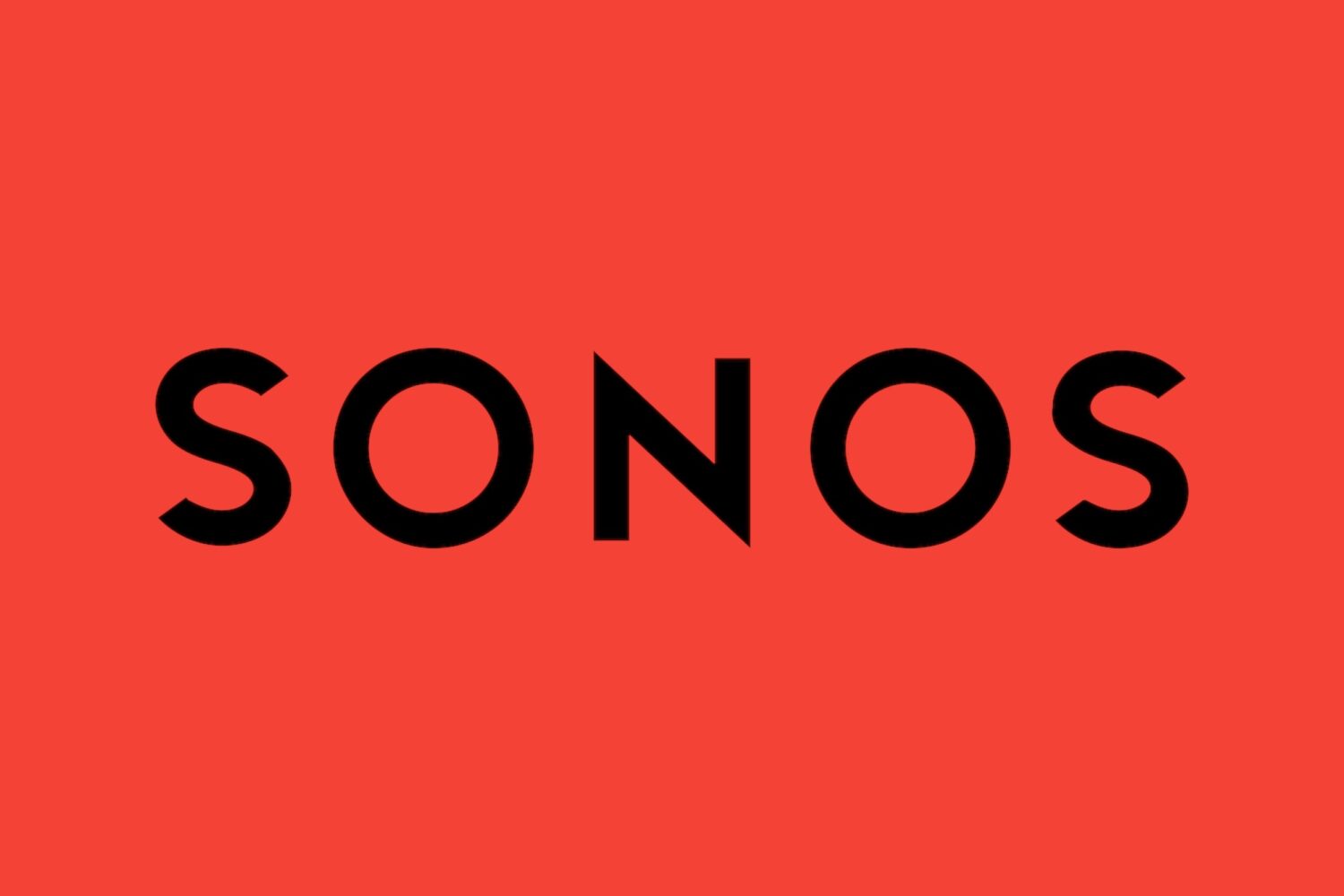The fight for smartphone supremacy rages on, with Apple’s iOS and Google’s Android vying for our attention and wallets. Both platforms boast exciting new features and refinements in their latest iterations, iOS 17 and Android 14 respectively. But which one reigns supreme? Both boast exciting features, but where does simplicity and elegance clash with customizable chaos?
Customization King: Android 14
Android 14 embraces the “open platform” philosophy, offering unparalleled customization options. From launchers and widgets to icon packs and custom themes, you can tailor your phone to match your personality and workflow. This level of control appeals to tech-savvy users who crave a truly personalized experience. But do you really need the clutter? iOS 17 focuses on intuitive design and curated features, giving you a phone that works for you, not the other way around. No more endless customization rabbit holes, just a smooth, powerful experience. This freedom can be overwhelming for beginners, and navigating the sheer volume of customization options can be time-consuming.
The Walled Garden’s Charm: iOS 17
Apple’s iOS 17 leans towards a more curated experience, offering a cohesive and polished interface. While customization options are limited compared to Android, Apple’s tight control over hardware and software ensures seamless integration and performance. This simplicity appeals to users who value ease of use and a consistent aesthetic.
Apple has long been a leader in mobile privacy, and iOS 17 further strengthens this position. Features like App Tracking Transparency and Lockdown Mode give you more control over your data and protect you from unwanted tracking.
Privacy on the Rise: Android 14
While Android has historically lagged behind in privacy, Android 14 is making strides. The Privacy Dashboard provides a centralized overview of app permissions, and improved data sandboxing offers enhanced protection. However, Android’s open nature still presents challenges in achieving the same level of granular control as iOS.
Performance Prowess: It’s a Close Call
Both platforms deliver smooth performance, with Android 14 benefiting from optimized chipsets and iOS 17 boasting seamless integration with Apple’s hardware. However, tight control over both hardware and software allows Apple to optimize performance and battery life on iPhones, often leading to smoother and more efficient operation compared to some Android devices. Apple’s stringent manufacturing and quality control standards contribute to a reputation for reliable devices with fewer hardware issues overall.
Ecosystem Integration: A Tale of Two Worlds
Apple’s ecosystem excels in seamless integration between devices like iPhones, iPads, and Macs. This creates a smooth and consistent experience across your Apple products. However, this tight integration can feel restrictive to users who don’t exclusively use Apple devices, I will admit that.
Android thrives on its open nature, allowing you to seamlessly use your phone with a wider range of devices and platforms. This flexibility appeals to users who value choice and avoid being locked into one ecosystem. However, this openness can sometimes lead to inconsistencies and compatibility issues.
Feature Face-Off (winner in green):
| Category | iOS 17 Feature | Android 14 Feature |
| Customization | Limited options for launcher, themes, and widgets | Extensive options for launchers, themes, widgets, icon packs, etc. |
| Privacy | App Tracking Transparency, Lockdown Mode, enhanced data sandboxing | Privacy Dashboard, improved data access controls, sandbox enhancements |
| Performance | Tight hardware-software integration for smooth performance | Optimized chipsets and platform improvements |
| Notifications | Redesigned notification banners with priority system, Focus mode integration | Enhanced notification grouping, snooze functionality |
| Focus Modes | Enhanced granular control, customizable filters, automation triggers | Scheduled profiles with app and notification limitations |
| Live Text | Translates text in images and videos, searches web directly from text selections | Similar functionality, but limited to specific apps |
| Messaging | iMessage features with improved group chats and SharePlay enhancements | RCS messaging improvements, enhanced emoji kitchen functionality |
| Health & Fitness | Enhanced sleep tracking, medication reminders, personalized workout recommendations | Expanded health data tracking, improved UI for fitness features |
| Maps | Multi-stop routing, Look Around AR enhancements, improved cycling directions | Live View AR navigation enhancements, expanded lane guidance |
| Smart Home | Matter integration for enhanced smart home device compatibility | Improved Matter support, expanded smart home device management features |
| Accessibility | Enhanced Voice Control features, new screen reader capabilities | Improved TalkBack screen reader, expanded accessibility settings |
| Gaming | Metal API updates for improved graphics performance | Vulkan graphics API improvements |
iOS 17 main features
Enhanced Lock Screen:
- Widgets: Add interactive widgets directly to your lock screen for instant access to information and controls.
- Live Activities: Track ongoing events like sports games, delivery progress, or ride-sharing updates in real-time.
- Focus Mode integration: Customize lock screen wallpaper and notifications based on your chosen Focus Mode.
- Live Text enhancements: Extract text from images and videos directly on the lock screen.
Interactive Notifications:
- Larger banners: Get a better view of notifications with expanded previews and richer content.
- Priority system: Focus on important notifications while minimizing distractions.
- Interactive actions: Respond to messages, control music, or complete tasks without unlocking your phone.
SharePlay improvements:
- Shared experiences: Start movies, shows, or music simultaneously with friends while on FaceTime calls.
- Enhanced controls: Pause, play, or rewind shared content together seamlessly.
Messaging updates:
- Undo Send: Accidentally sent the wrong message? Now you can take it back within a certain timeframe.
- Edit Sent Messages: Fix typos or add missing information to messages you’ve already sent.
- Rich Link Previews: See a richer preview of web links shared in messages.
Other notable features:
- Improved Focus Modes: Create even more granular control over notifications and app access based on your activities.
- Matter support: Connect to a wider range of smart home devices with the new smart home standard.
- Enhanced accessibility features: Voice Control improvements, new screen reader capabilities, and other accessibility enhancements.
- Live Text across languages: Translate text in images and videos in multiple languages.
Android 14 main features
Customization:
- Enhanced lock screen customization: Add app shortcuts and customize font styles and clock appearances.
- Expanded theming options: Potentially go beyond wallpapers and icons to deeper system-wide changes.
- Improved multi-window: More control over app resizing and positioning for easier multitasking.
Privacy:
- Expanded privacy dashboard: Gain deeper insights into app permissions and data access.
- Improved data sandboxing: More granular control over data sharing between apps.
- Enhanced photo permissions: More control over which apps can access specific photos and videos.
Performance:
- Battery optimizations: Improved background app management and other tweaks for longer battery life.
- Improved app launching: Faster app launch times and overall system responsiveness.
- Hardware-specific optimizations: Leverage chipset advancements for smoother performance.
Accessibility:
- Expanded TalkBack features: New gestures and options for navigating the UI with screen readers.
- Font scaling up to 200%: Improved accessibility for low-vision users.
- Live Caption improvements: More accurate and comprehensive real-time transcription for videos and calls.
Other features:
- Predictive back gestures: See where you’ll navigate before swiping back based on app context.
- Independent share menu: Customize different sharing options per app.
- Improved Ultra HDR: Capture HDR photos with better color accuracy and vibrancy.
- Improved camera extensions: Apps can leverage enhanced processing capabilities for better image quality.
The Verdict: A Matter of Choice
While in this article, I clearly choose iOS, at the end of the day, this is at the end of the day, my own personal take on this. There’s no clear winner in the iOS 17 vs. Android 14 battle. Each platform excels in different areas, and the best choice for you depends on your individual needs and priorities. Consider these factors:
- Customization: Do you crave deep control over your phone’s look and feel, or do you prefer a more curated experience?
- Privacy: How important is data protection to you?
- Performance: Do you demand top-notch performance or prioritize other factors?
- Ecosystem: Are you heavily invested in one ecosystem, or do you value flexibility across different devices?
- Features: Which specific features are most important to your daily usage?
By carefully considering these factors, you can choose the platform that best serves your needs and preferences. Remember, there’s no single “best” platform – the perfect choice is the one that makes your smartphone experience truly personal and enjoyable.





